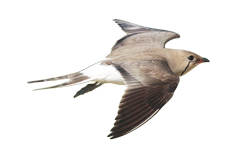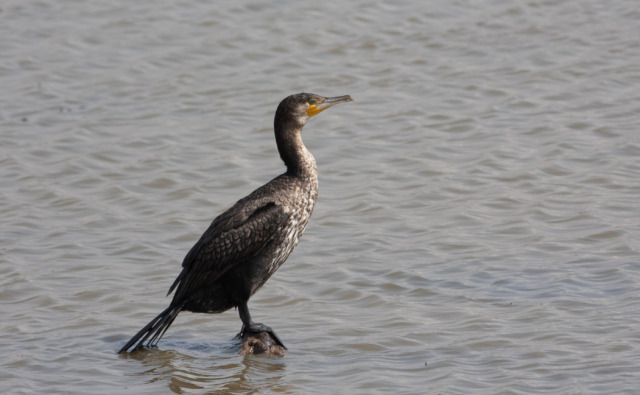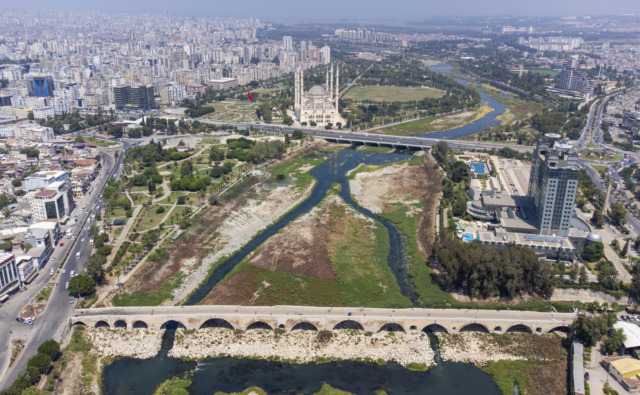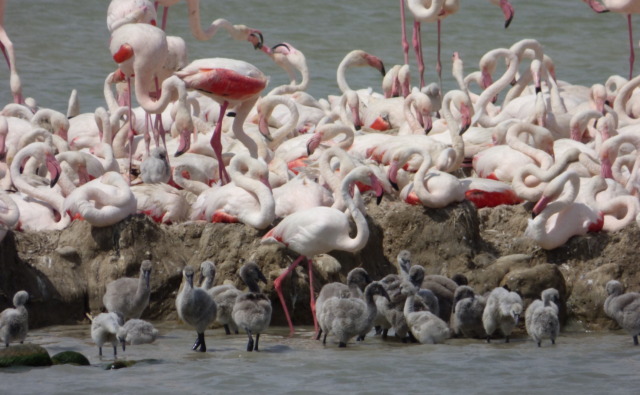Study of the links between hydrology and pathogenic agents
Objective
The aim of this project is to characterise the factors that influence the dynamics of the pathogenic agents transmitted by water in aquatic habitats.

Actions and methodology
We combined data on the number of wintering mallards, gathered via the aerial counts conducted every year in the Camargue, with those concerning the rate of infection of these birds by avian flu viruses, and used them to simulate the contamination of the central part of the Rhone Delta according to several scenarios. This approach enables us to map the potential dispersion of the viruses in this system in function of their date and place of arrival. We are currently developing a new version of the model with an epidemiological component (a simulation of the infection dynamics among mallards).
Results
A map of the risks of the presence of the viruses in the Vaccarès hydrological system according to different scenarios (date and place of arrival of the mallards infected by the virus) and viral strains. We showed that there is a great deal of spatial heterogeneity in terms of the presence of the viruses in water linked to the hydrodynamics. The areas in which there is the greatest risk of presence of the virus were identified. They can be targetted first when surveillance must be put in place during a crisis.
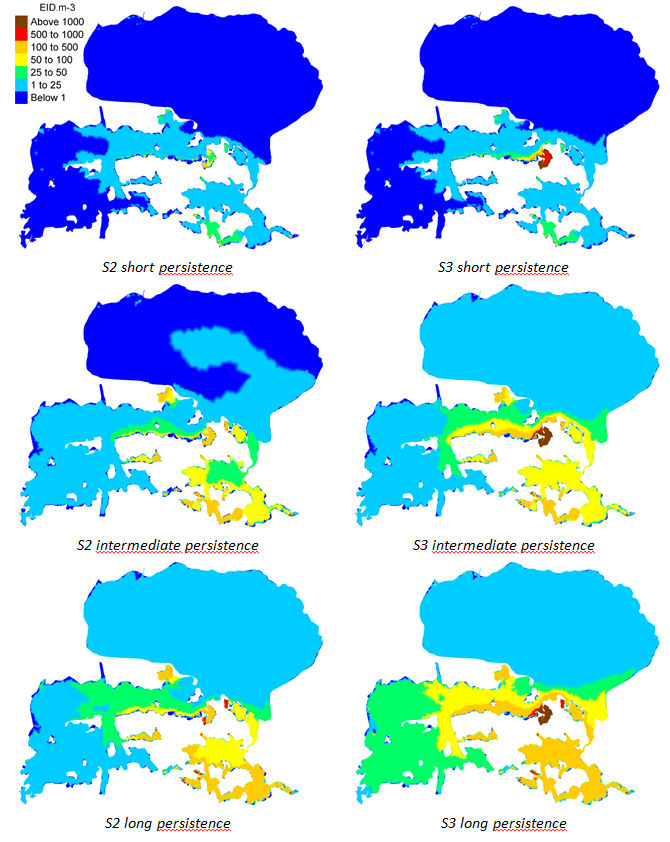
Team
- Project leaders: Olivier Boutron and Marion Vittecoq
- Staff involved: Émilie Laurent
- Themes: EcoHealth & Wetlands Dynamics and Water Management
- Date of projet: Since 2015
Technical partners
- Benjamin Roche (UMMISCO)
- Matthieu Guillemain (ONCFS)
- Olivier Bertrand (Artelia)
- Thibault Oudart (LEGI Grenoble)
- Mattéo Darienzo (Irstea Lyon)
- Hermann Gauduin (SHOM Brest)
Publications
- Vittecoq M., Gauduin H., Oudart T., Bertrand O., Roche B., Guillemain M., Boutron 2017. Modeling the spread of avian influenza viruses in aquatic reservoirs: A novel hydrodynamic approach applied to the Rhône delta (southern France). Science of the Total Environment 595:787–800.
